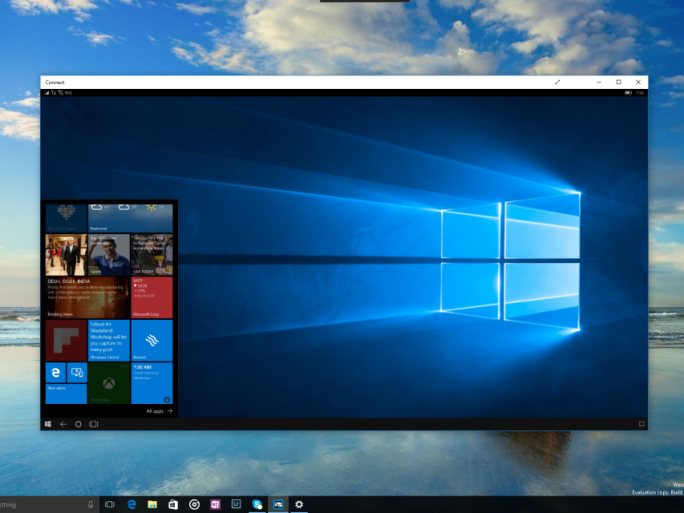Why Microsoft will miss its 1bn Windows 10 devices target


Microsoft will not hit its self-imposed deadline of getting Windows 10 installed on one billion devices by 2018, the company has admitted.
In a statement to ZDNet (see here: http://www.zdnet.com/article/microsoft-windows-10-wont-hit-1-billion-devices-by-mid-2018/), Windows marketing chief Yusef Medhi revealed that the target will be extended, mostly because of originally overestimated Windows Phone sales.
“Windows 10 is off to the hottest start in history with over 350 million monthly active devices, with record customer satisfaction and engagement,” he said.
“We’re pleased with our progress to date, but due to the focusing of our phone hardware business, it will take longer than FY18 for us to reach our goal of 1 billion monthly active devices.
There are two main thorns in the side of Microsoft here that are causing the target to be missed. Mehdi isn’t mentioning one of them.
Phones
Back in April 2015, when Windows 10 was initially released, Microsoft was already facing a dramatic decline in sales of its Lumia devices.
In Microsoft’s financial year 2015, which ran from July 2014 to June 2015, Microsoft sold just shy of 37 million units, a 57 percent drop from the previous year. To compare, Microsoft has sold just 2.3 million units in the first quarter of 2016. But Windows 10 was launched in Microsoft’s third quarter of 2015, so the company knew full well that it shouldn’t account Windows Phone sales for much in its one billion devices predictions.
That leaves us with the elephant in the room – desktops.
As we speak, the desktop market is continuing on its unrecoverable decline. Worldwide PC shipments totalled 64.8 million units in the first quarter of 2016, a 9.6 percent decline from the first quarter of 2015, according to Gartner.
This was the sixth consecutive quarter of PC shipment declines, and the first time since 2007 that shipment volume fell below 65 million units.
Decline
But as the market goes down, and the deadline for a free Windows upgrade looms large, Microsoft is going to have to shift to traditional business and consumer sales of new devices to boost its Windows 10 install base.
Even with generous estimates of 260 million desktops shipped annually until 2018, and Microsoft hits 400 million devices by the end of July, that’s still almost a shortfall of around 100 million devices.
Who cares? True, it’s just figures. After all, what difference is there between 900 million and one billion devices using Windows 10? It could be argued that some developers will be a bit peeved, since their apps and services may not hit the size of the market promised by Microsoft, but really the desktop and Lumia market decline is full public knowledge so there shouldn’t be a surprise there.
Ultimately, the missed target is down to Microsoft making big promises and then repeatedly breaking those promises in turbulent times.
Of course, Windows 10 is a success, by all metrics. To repeat Mehdi, Windows 10 is one of the most successful operating systems of all time, hitting 350 million monthly active devices. With the anniversary update set for August, it will become an even more integral part of most desktop users’ experiences.
And Microsoft of course sees its primary driver for growth in its cloud business, which now makes up around a third of the company’s revenues.
Recent Posts
Flashpoint enters new chapter with global partner programme
Security vendor Flashpoint debuts partner programme following $28m funding
Channel partner “disconnect” hindering growth
Complex buying journeys and sprawling partner networks hampering customer experience, says Accenture
Cyxtera launches global channel partner programme
Datacentre provider Cyxtera says launch is “milestone in our go-to-market strategy”
US IT provider brings mainframe services to UK
Ensono highlights importance of mainframes still to major industries
VASCO and Nuvias expand distribution across EMEA
Security vendor VASCO looks to replicate UK and German set up across EMEA
Splunk says channel investments driving growth
Splunk details investment in Partner+ programme at .conf2017


